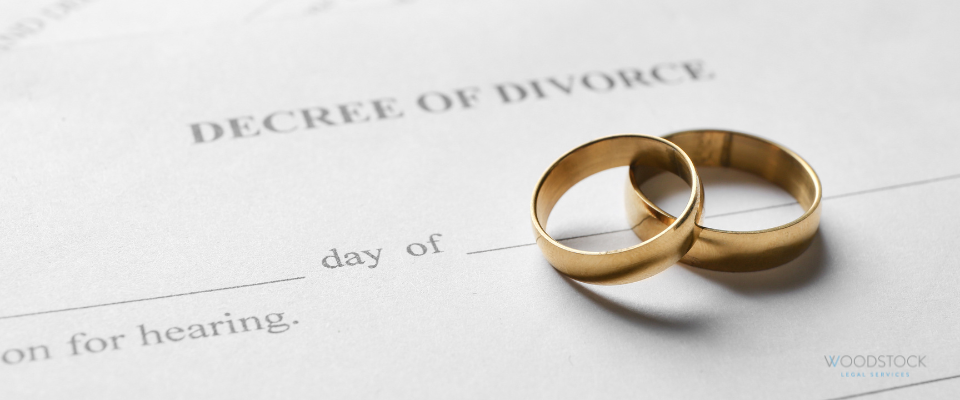Enforcing a Debt - getting the money back in your pocket!
When you have obtained your court judgment and it has not been paid as ordered by the court, it will be down to you to enforce payment. There are several ways in which the court can enforce judgment, but you must take the initiative. Enforcement of judgment does not happen automatically, and the court will do nothing unless asked.
There are various options and enforcement methods open to you. Sometimes the best option will be obvious. For example, if your judgment debtor owns a house and property, you may go for a charging order or a warrant of control to send in the bailiffs. If the debtor is in regular employment, you may go for an attachment of earnings order. Each method has it's own place, benefits and risks.
High Court Enforcement (debt over £600) or County Court Bailiff (debt under £600)
Court enforcement is a very popular method of enforcing a judgment debt because it can be done relatively quickly. The High Court would issue a writ of control, and the county court, a warrant of control, which commands an enforcement officer to seize and sell a debtor's goods, provided they are not exempt goods and do not belong to a third party. Obviously, this method depends on the judgment debtor having goods of sufficient value. The enforcement officers can also take payment in full or take payment by instalments (subject to agreement with you) which in reality is what usually happens.
Attachment of Earnings Order
This is a very effective method of enforcement but can only be used where a judgment debtor is in regular employment.
The process is fairly straightforward (although t can take some time to process through the courts) but the end result is that the debtor’s employer is ordered to deduct money from the debtor’s wages and send the money to the court.
Here is an example of how it works:
The court fixes a protected earnings rate of £200 a week and a normal deduction rate of £25 a week. If the debtor earns £250 in one week, then the full deduction of £25 must be paid and the debtor will take home £225. However, if in this week he only earns £210, the amount to be paid to the court will be £10 and the amount of £200 is safeguarded.
Charging Order
A charging order is a way of securing a judgment debt by imposing a charge over a judgment debtor's beneficial interest in land, securities, or certain other assets - usually a property. The charge prevents the debtor from selling the property without first paying what is owed to the creditor if there is enough equity after payment of prior creditors - such as the lender if there is a mortgage.
Note that an application for a charging order calls for the court to exercise discretion, and it will be looking to see that enforcement by this method is proportionate. A charging order is most effective when there is substantial equity in a property and the debtor is the sole owner.
The process for obtaining a charging order can be slow, and a charging order itself does not realise funds to satisfy a judgment debt. That requires a sale of the property, which does not automatically flow from obtaining a charging order. The judgment creditor has to apply subsequently for an order for sale of the property, or simply await its sale in due course by the owners.
Third-party Charging (previously known as a Garnishee Order)
This is an order requiring a third party to pay a debt to the judgement creditor from money otherwise owed to the debtor. It is made without notice to the debtor, as clearly otherwise he would move his money on.
The Court can order that a debtor’s money held in a bank or building society account be paid directly to you in payment of your judgement debt. Clearly the order will be ineffective unless there is actually money in the debtor’s bank at the time the bank receives the order, and it is necessary to have the debtor’s bank details to apply for the order.
Which method?
We always review the prospects of successful recovery for our client's and advice them on the best option for enforcement drawing on our years of experience.
If you have a judgment that has not yet been paid then please feel free to contact us and we will be happy to look at the options available to get the money back in your pocket where it belongs.
Contact Us
News & Insights










